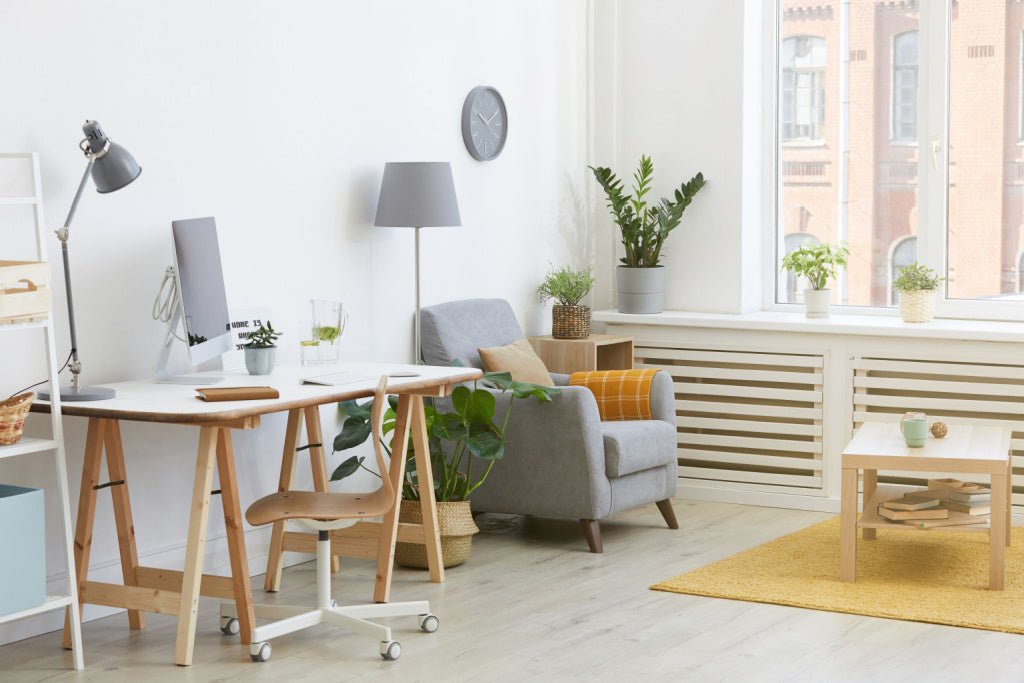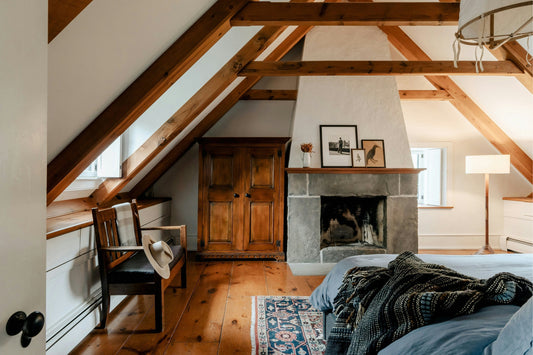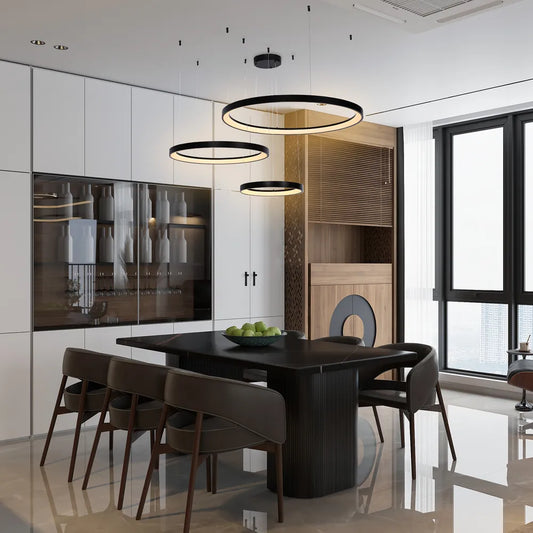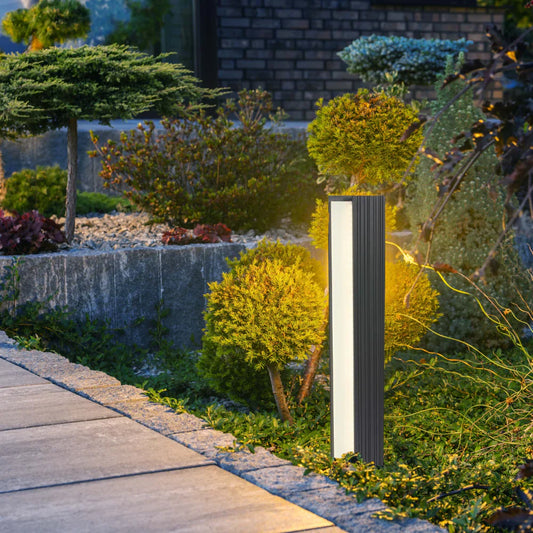
Indoor lighting is a type of lighting that illuminates the indoor space, including rooms, hallways and other areas in the home. Indoor lighting can be used to create a welcoming and warm atmosphere that makes it easier to sleep. Good indoor lighting also helps reduce eye strain while reading or watching television at night.
Indoor lighting is a great way to add some extra style and function to your home. It can help you create the right atmosphere, whether it is cosy or stylish. Indoor lighting is also an essential element in any living space so it is important to know what it does and how best to choose one that suits your needs.
What Does Indoor Lighting Do?
Indoor lighting is a vital tool in any home. It provides light, security and mood lighting to help keep your family safe and comfortable. Indoor spaces are often dark due to a lack of natural sunlight or an abundance of windows that allow only limited amounts of light through. An indoor environment can also be illuminated with accent lights which produce an additional glow or ambience while providing task lighting to assist with tasks such as cooking or reading at night.
Is Indoor LED Lighting Better Than Regular Bulbs?
Indoor lighting is definitely better than regular bulbs. It is not only highly efficient but also lasts longer, which means you can save money on your electricity bills and reduce your carbon footprints as well. Indoor lights are also more durable as they do not get as hot or burn as quickly as other regular bulbs do when left on for long periods of time (think about the last time someone forgot to turn off their porch light).
Can you replace any bulb with Indoor LED Lighting?
You can replace any bulb with an Indoor LED Lighting equivalent. Indoor LED lighting has different features that help them to be more energy efficient in certain ways, such as smart LED lights can adjust their brightness according to time and lux in the room.
Indoor LED lighting is generally brighter than its counterparts because they use much less wattage and produce more lumens per watt. However, this can make them hard on your eyes over time if you're not careful about how much time you spend looking at them and where they're placed around your home or office space.
What Should Be Considered When Choosing Indoor Lighting?
Choosing indoor lighting involves more than just picking fixtures that appeal to your aesthetic preferences. It's about creating a balance between functionality, style, comfort, and energy efficiency. Here's a comprehensive guide to factors you should consider when selecting indoor lighting:
Purpose of the Room
Consider the activities that take place in each room. Different spaces require different types of lighting:
Ambient Lighting for overall illumination (e.g., living rooms, kitchens).
Task Lighting for specific activities like reading or cooking (e.g., under-cabinet lights in kitchens, desk lamps in offices).
Accent Lighting to highlight architectural features or artwork (e.g., track lighting, wall-mounted fixtures).
Size and Layout of the Space
The size and layout of a room determine the amount and type of lighting needed. Larger spaces might require multiple light sources to ensure even illumination, while smaller rooms could be well-served by a single, well-placed fixture.
Light Intensity and Color Temperature
Light Intensity (Lumens): Brighter isn't always better. Choose lumens based on the room's size and purpose. Task areas need more lumens, while ambient lighting can be softer.
Colour Temperature: Measured in Kelvins, color temperature affects mood and perceived space warmth. Warmer lights (2700K-3000K) create cozy environments, while cooler temperatures (3500K-5000K) are energizing and better for concentration.
Energy Efficiency
Opt for energy-efficient lighting options like LED or CFL bulbs to reduce electricity consumption and lower utility bills. These options offer longer lifespans and are available in various color temperatures and brightness levels.
Style and Decor
The lighting fixtures should complement the room's overall decor style. Whether modern, traditional, industrial, or eclectic, the right lighting can enhance your home's aesthetic and create a cohesive look.
Control Options
Consider lighting controls for flexibility in use:
Dimmers allow for adjusting brightness levels to suit different times of day or activities.
Smart Lighting Systems can offer remote control, programmability, and integration with home automation systems for convenience and energy savings.
Safety and Installation
Ensure that the lighting fixtures and installations comply with local building codes and safety standards. Some installations, especially those involving electrical wiring, may require a professional electrician.
Natural Light
Take into account the amount of natural light the space receives. Use lighting to complement natural light during the day and provide sufficient illumination when it's not available.
Maintenance and Accessibility
Consider how easy it is to clean the fixtures and replace bulbs. Fixtures in hard-to-reach areas might require bulbs with longer lifespans to minimize maintenance.
By taking these factors into account, you can choose indoor lighting that not only looks great but also enhances the functionality, comfort, and energy efficiency of your home.
Is Indoor LED Lighting Costly?
Indoor LED lighting is cost-effective. While it is true that the initial cost of installing a smart system may be higher than normal lighting, you will save money over time because indoor lighting does not need to be replaced as frequently. In fact, some experts estimate that a well-designed and installed system can last anywhere from 15 to 20 years! That is longer than most traditional bulbs—and better yet: you do not have to buy new ones every year or two!
In addition to being more affordable in general, there are other factors that make indoor LED bulbs one of the best choices for your home interior. They are usually brighter than their counterparts outside (especially when used in combination with smart lights). This means they can reduce glare from nearby windows without sacrificing any quality either way.
Does Indoor LED Lighting Save Energy?
Indoor LED lighting can save energy when designed and used efficiently. By using LED bulbs, natural light, occupancy sensors, task lighting, and dimmers, you can reduce energy consumption and lower your energy bills while also promoting sustainability.
What are the Types of Indoor Lighting?
Indoor lighting is the area of lighting that illuminates your home, workplace or other indoor spaces. It provides illumination for activities such as reading, working and other indoor activities. The most common types of indoor lighting include:
Incandescent bulbs – These are the most common type of bulb used in homes today. They produce bright light with a warm glow, but they also have a shorter lifespan than CFLs or LEDs (light-emitting diodes).
Halogen lamps – These lamps use high heat to produce bright white light over long periods at high temperatures. Halogen lamps last longer than incandescent bulbs but they can be more expensive to purchase and operate because they require more electricity from your circuit breaker box compared with standard household incandescent bulbs.
What are the preferred colours of Indoor Lighting?
The preferred colors of indoor lighting, which are measured in terms of color temperature and described in Kelvins (K), largely depend on the intended ambiance, the specific function of the space, and personal preference. Here's a guide to help you choose:
Warm White (2700K - 3000K)
Ambiance: Creates a warm, cozy, and inviting atmosphere.
Application: Ideal for living rooms, bedrooms, dining areas, and other spaces where a relaxing or intimate environment is desired.
Neutral White (3500K - 4100K)
Ambiance: Offers a more neutral, balanced light that is bright without being overly harsh.
Application: Suitable for kitchens, bathrooms, home offices, and workspaces where clarity and contrast are important but with a welcoming feel.
Cool White (5000K - 6500K)
Ambiance: Produces a bright and crisp light, mimicking daylight.
Application: Best for areas requiring maximum visibility and concentration, such as home offices, garages, craft rooms, and utility areas. It's also used in spaces aiming to achieve a modern or minimalist aesthetic.
Considerations When Choosing Indoor Lighting Colors:
Functionality: Choose a color temperature that supports the activities performed in the space. For tasks requiring attention to detail or spaces where you want to stay alert and focused, cooler temperatures are preferred. For relaxation and socializing, warmer lights are ideal.
Mood and Atmosphere: Warm lights tend to create a cozy and inviting atmosphere, making them suitable for living areas and bedrooms. Cooler lights, mimicking daylight, energize spaces and are ideal for productivity and task-oriented areas.
Aesthetic and Decor: The lighting color should complement the interior design and color scheme. Warm lights enhance warm colors and wood tones, while cool lights complement modern, minimalist designs with cooler color palettes.
Health and Well-being: Exposure to different light colors at different times of the day can affect circadian rhythms. Warmer lights are beneficial in the evenings as they don't interfere with sleep patterns as much as cool lights, which are more stimulating and better suited for morning and daytime.



